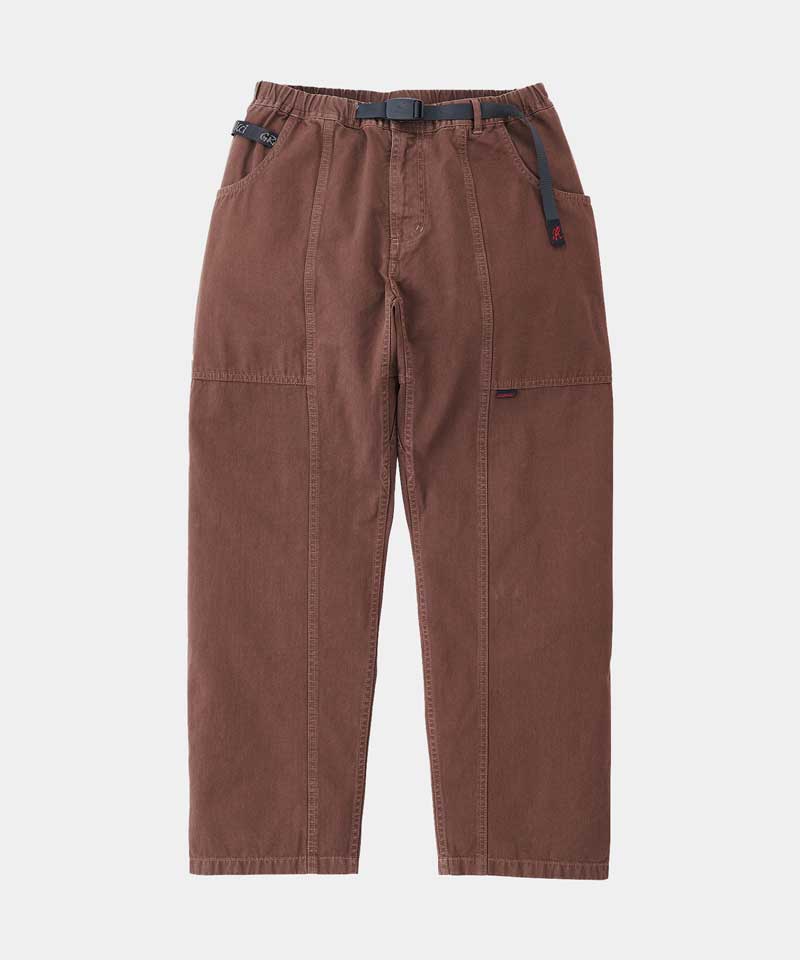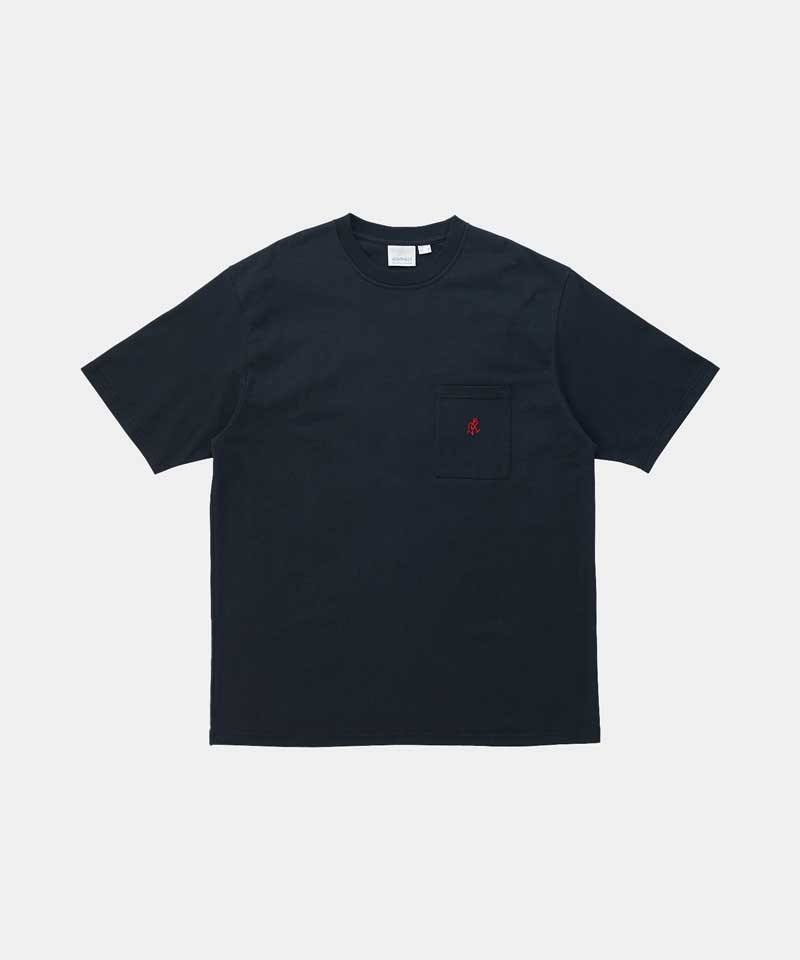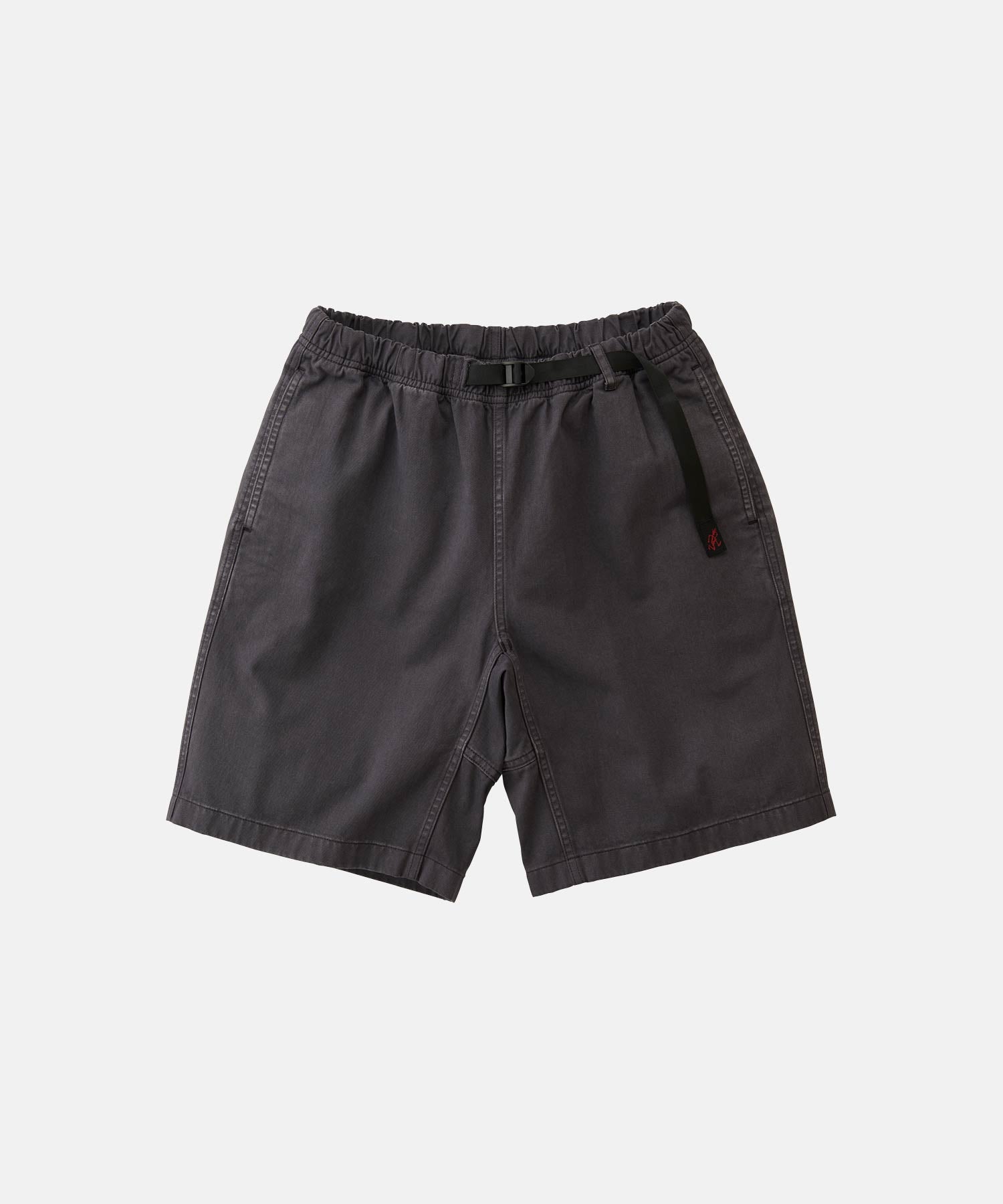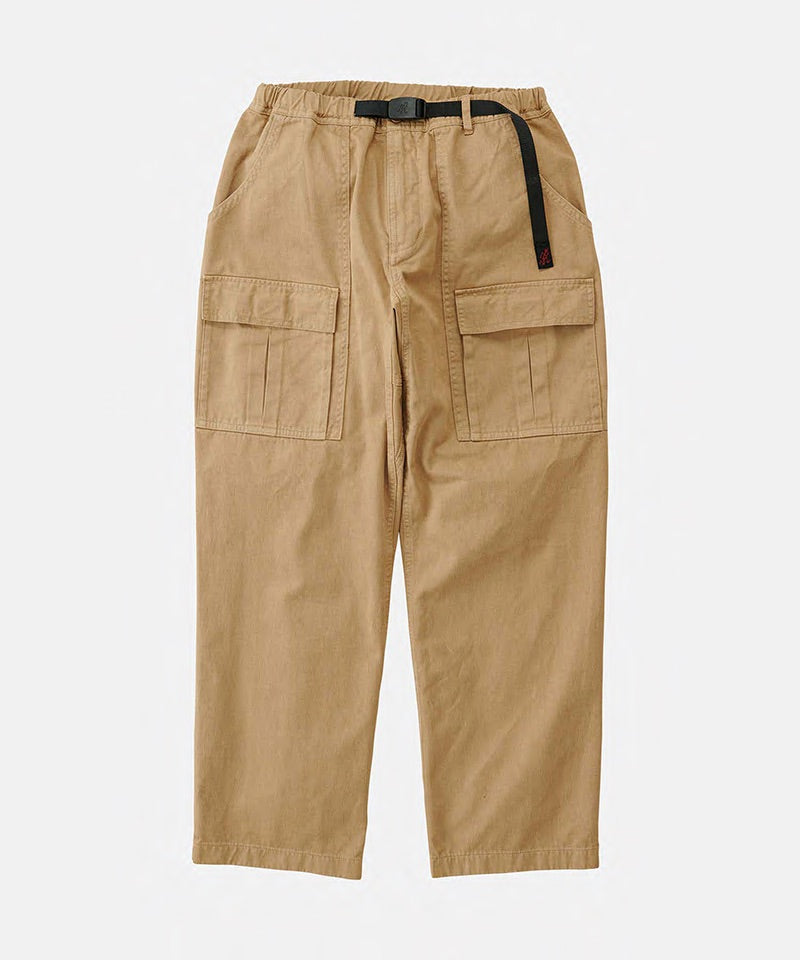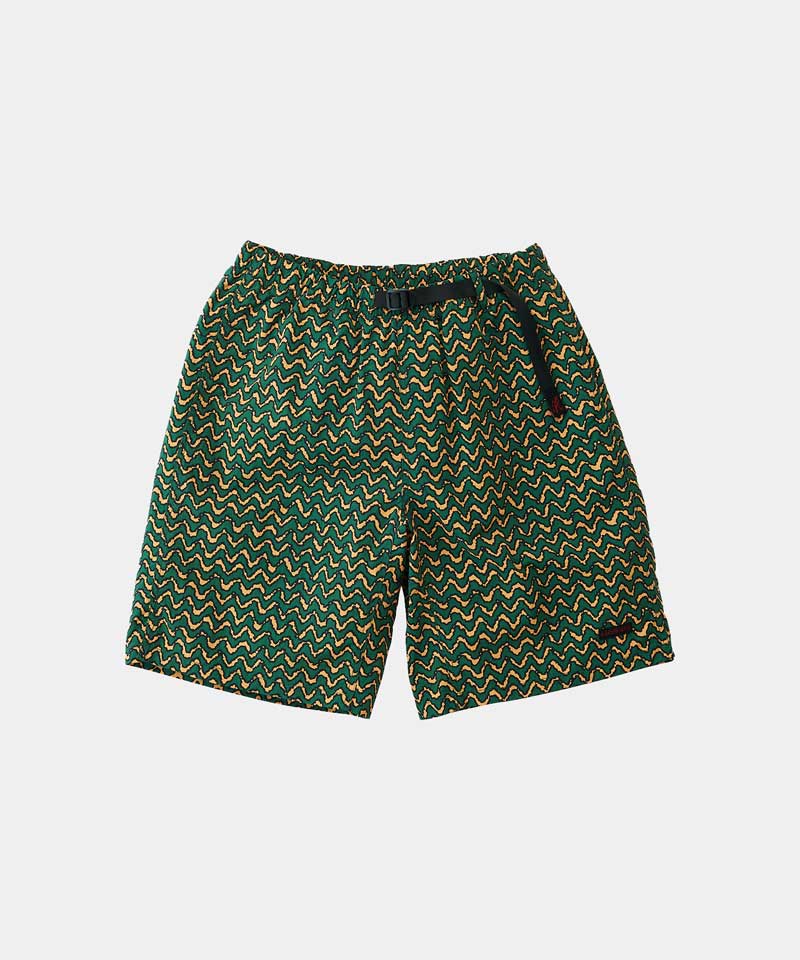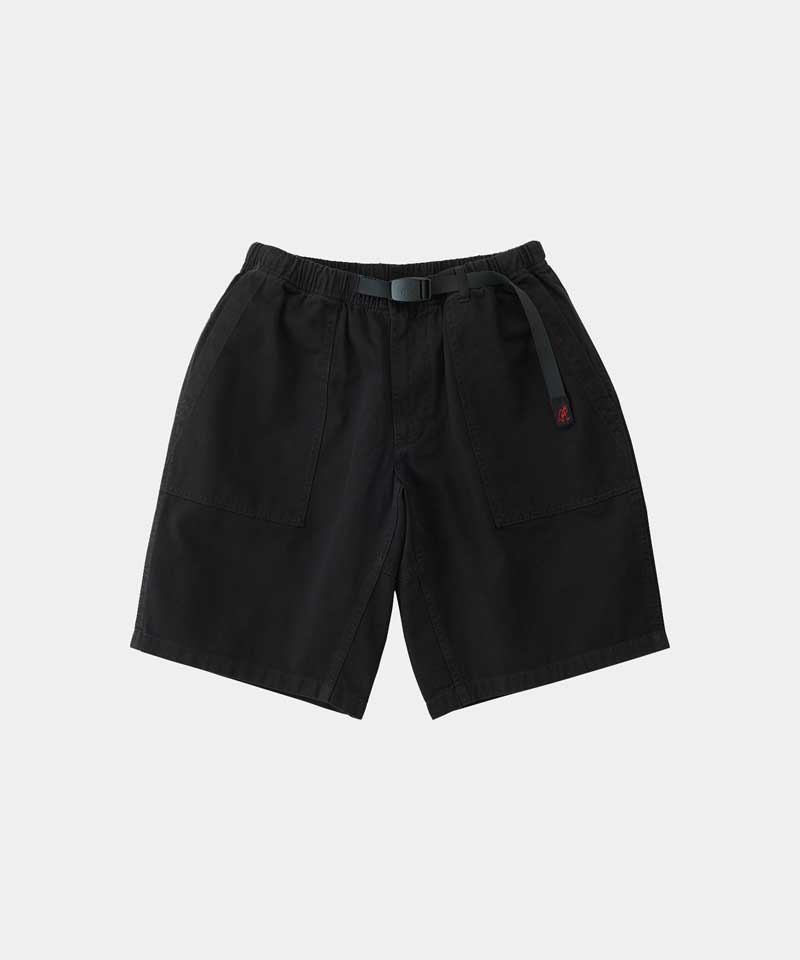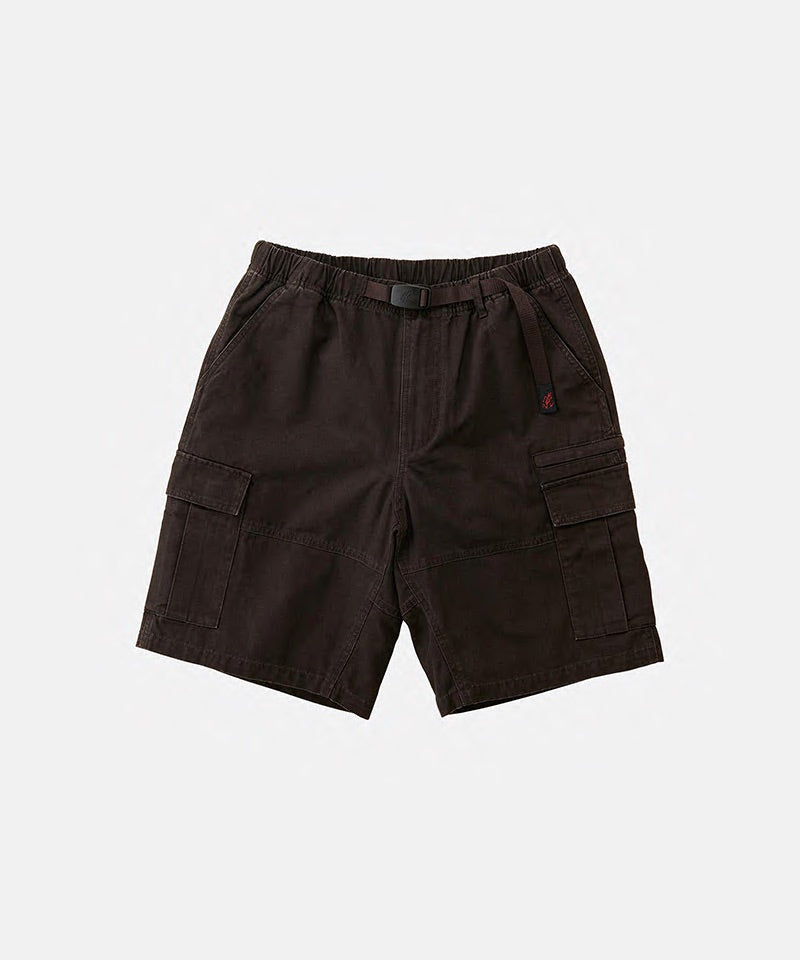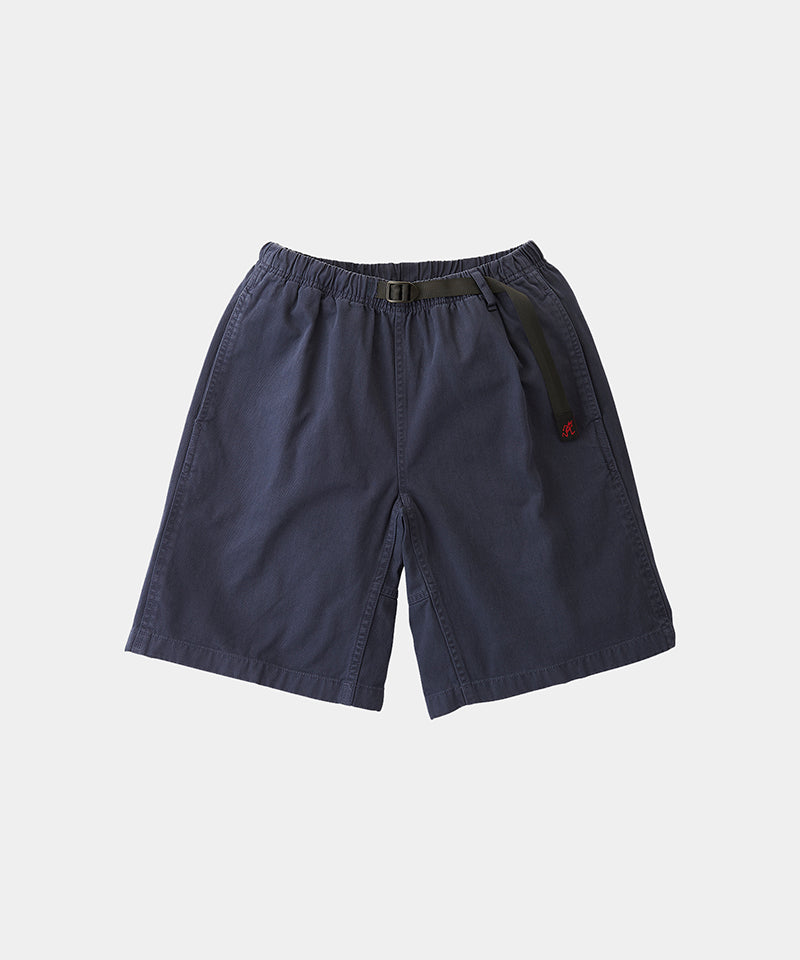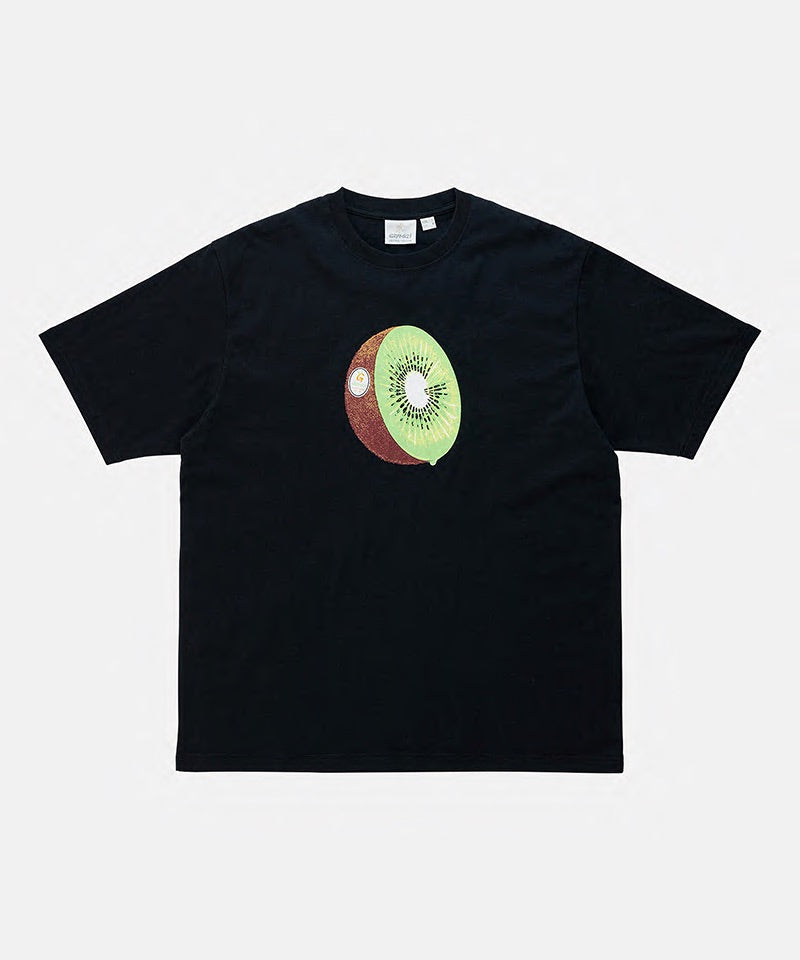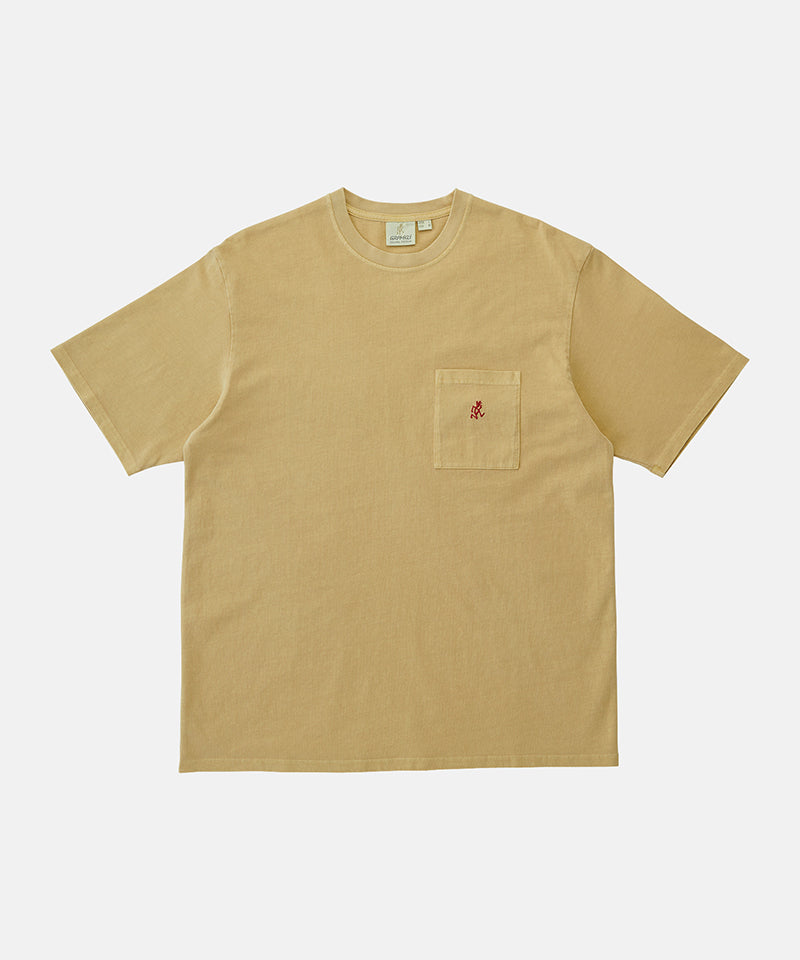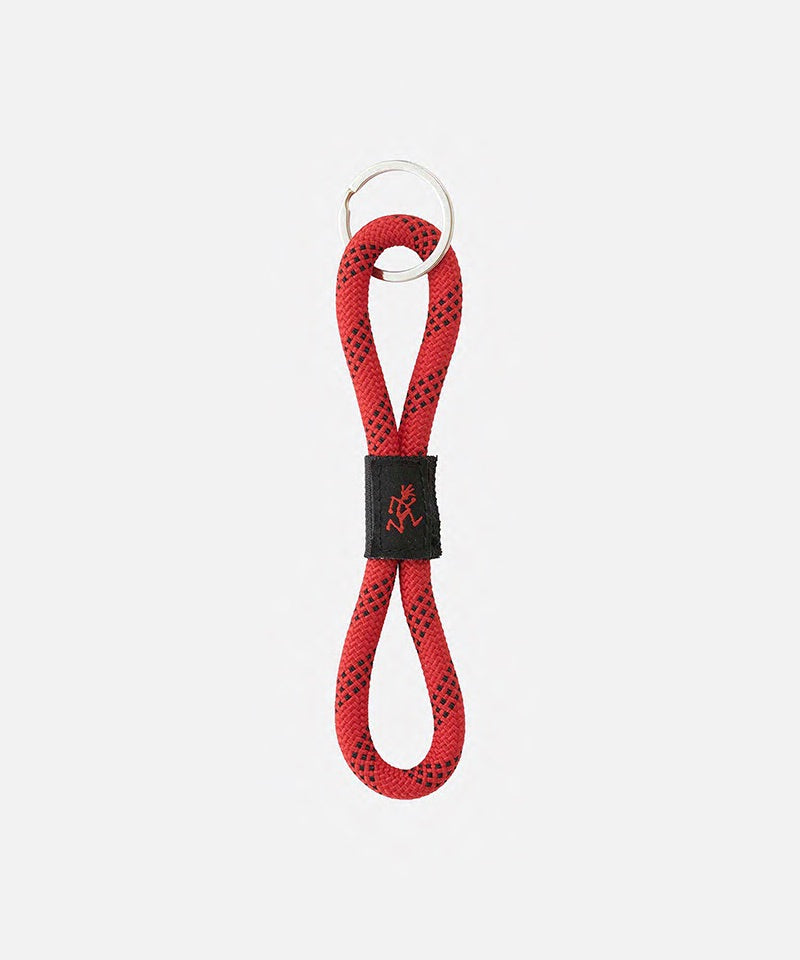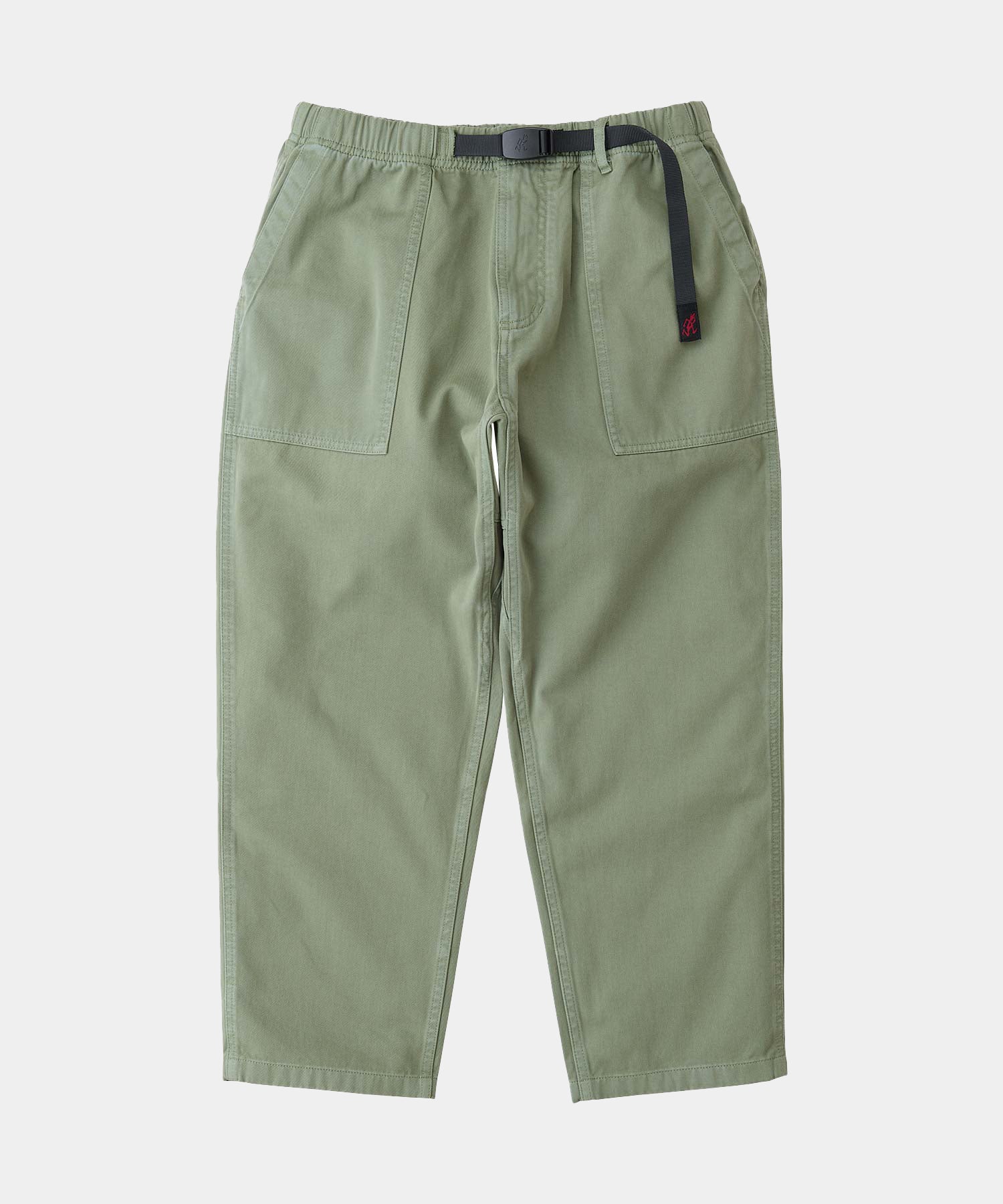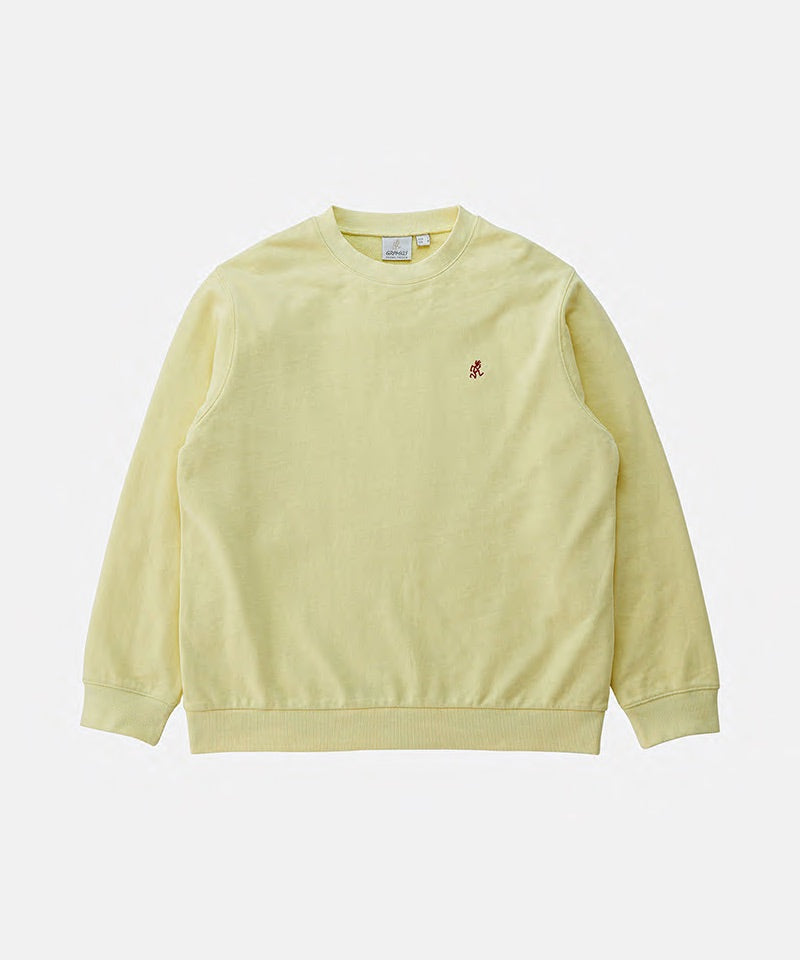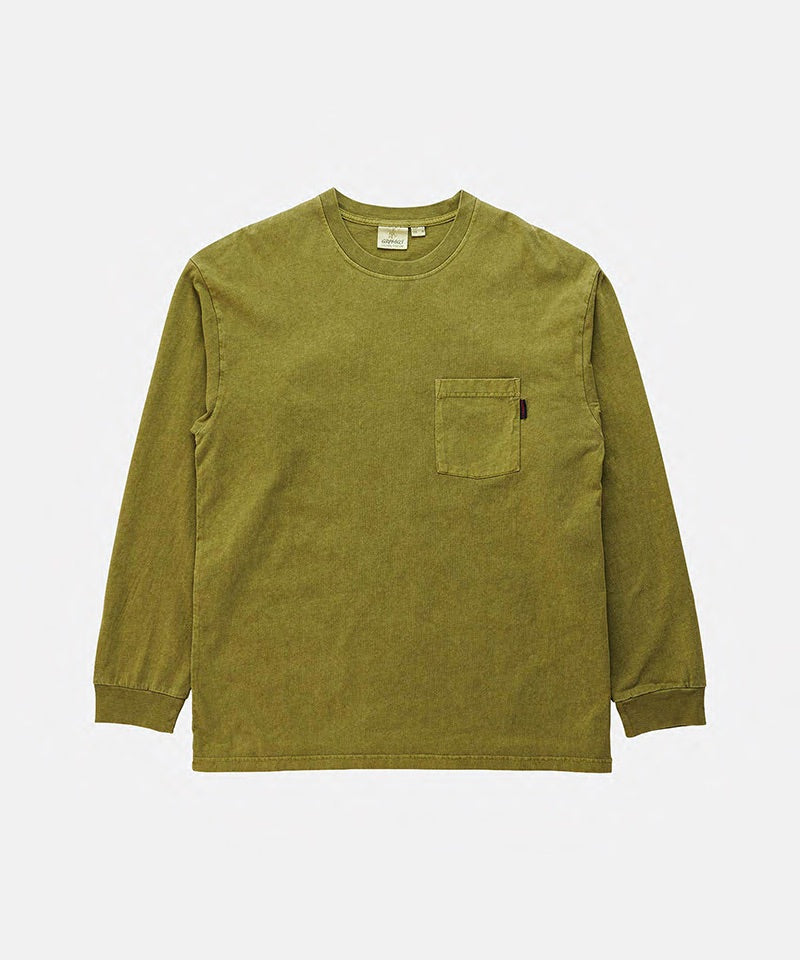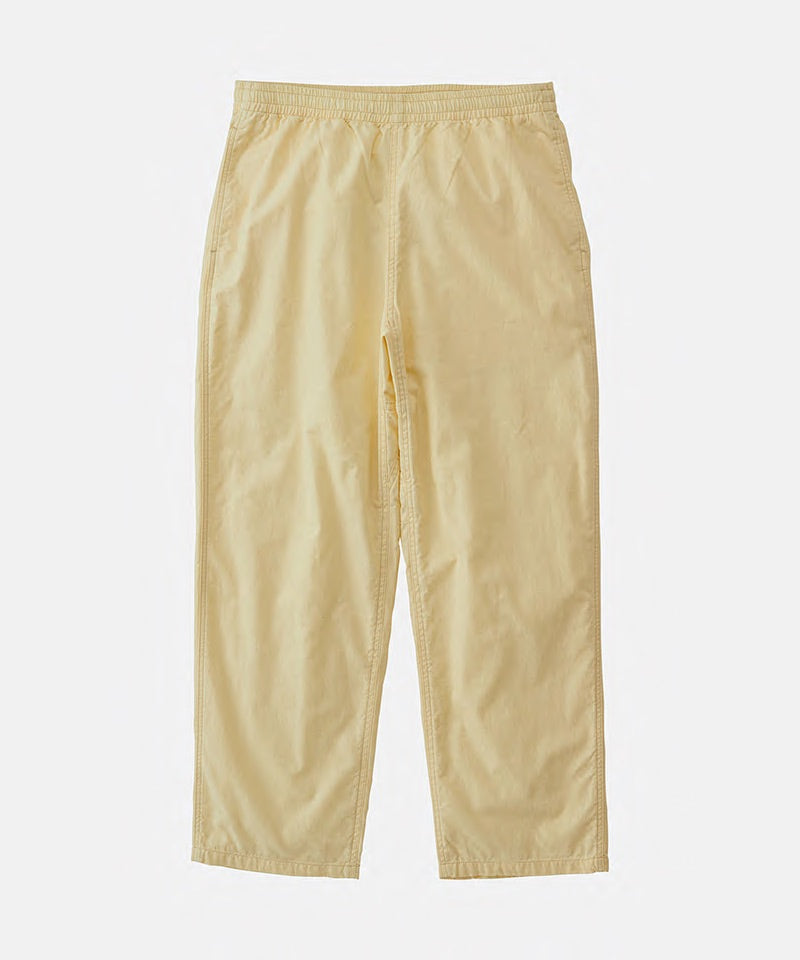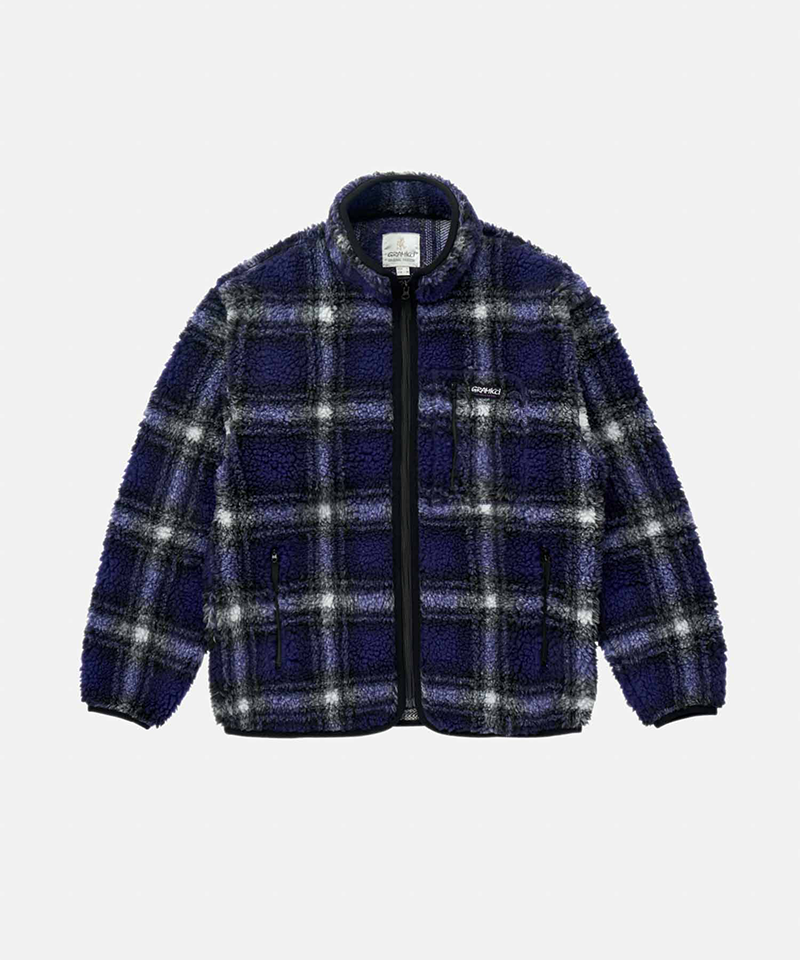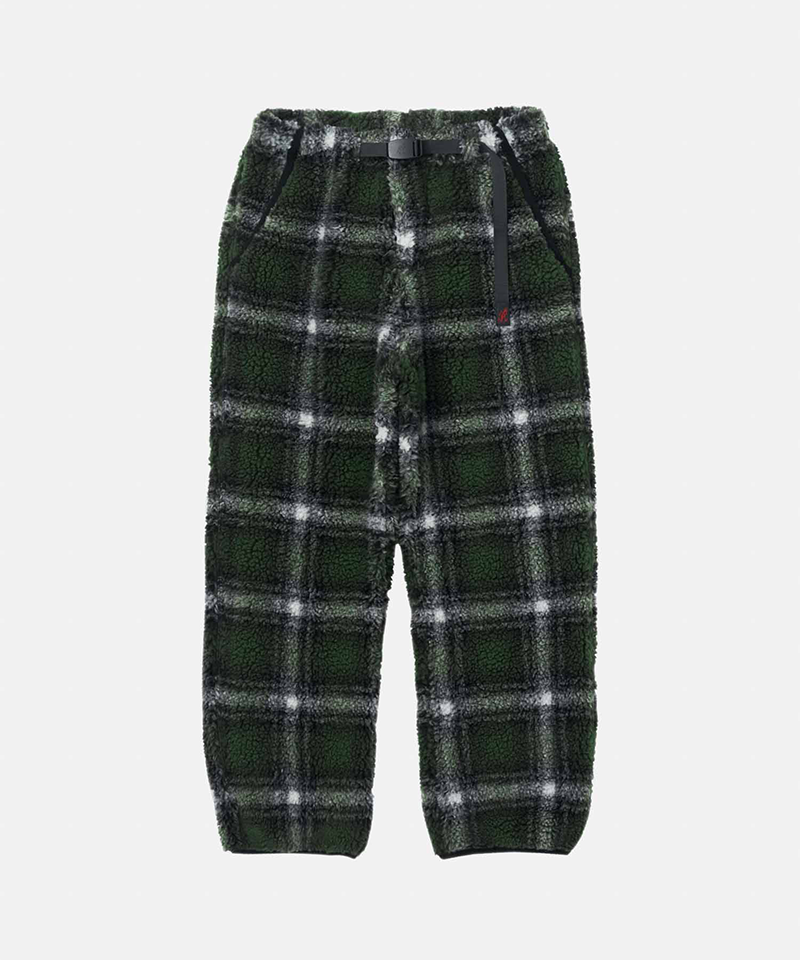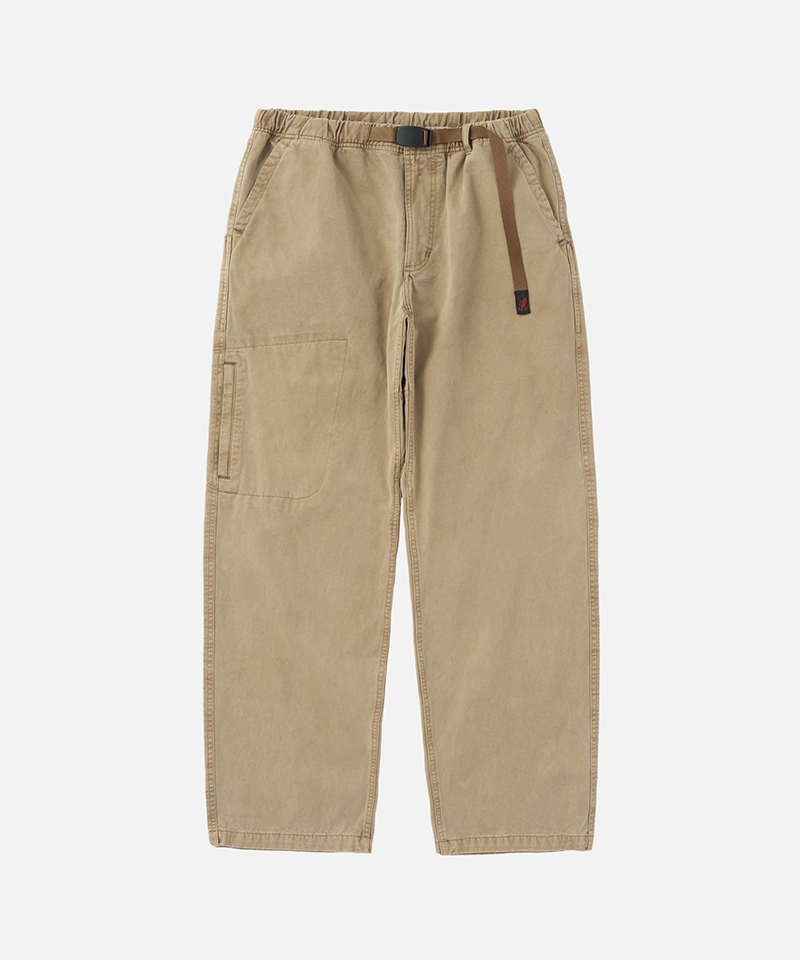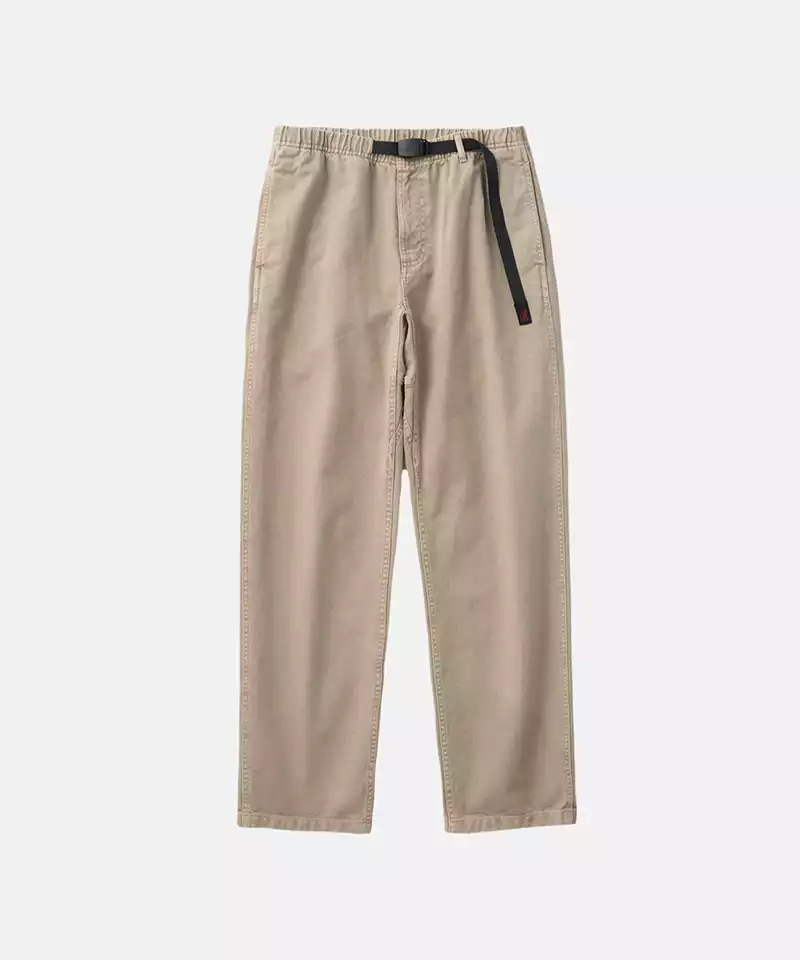Author: Aidan Galassetti

Photos by Reggies McCafferty
The contemporary condition of the fashion industry is marked by endlessness, access, and immediacy. We can choose from an infinite selection of clothing from direct to consumer sites that deliver before we’ve even emotionally come to terms with our purchase. The illusion of choice in a market marked by its lack of limitation is tiring for buyers, and makes it challenging for brands to resonate. This combination can incline folks to forgo a degree of self expression in exchange for a uniform – a dress code – that admits them into a specific social circle.

This phenomenon is especially true of New York City’s fashion ecosystem, where what’s worn provokes a sort of tribalism that bends borough to borough. It’s difficult imagining another city in the world that dials such an acute lens over what you wear. Subsects of the city can feel like nonchalant panopticons where upon entry you accept and suffer at the very real prospect of landing on a random observer's Instagram story, all the while pretending such an intrusion would never, could never, even cross your unbothered ego. Maybe because there aren’t enough opportunities to compare cars or front laws, we tend to virtue signal about ourselves and community alignments through the items, styles, and brands we don. This concept is far from novel. It’s why subcultures develop uniforms, monks wear habits, and the LA Dodgers can sell one bajillion Shohei Ohtani jerseys in 48 hours. Clothing lets us be known.
Under the scaffolding enveloping Cafe Lyria on Crosby Street, a stone’s throw from the black and white seduction of 60 ft starlets on Calvin Klein’s coveted billboard, your algorithm comes to life in twenty-somethings making distance between the person they want to be and the person they used to be – the version that not so long ago lined up for a freddo espresso at Café Leon Dore. Here, we’re observing wide, billowy pants held up by thin leather belts backdropped by an inch or two of plaid boxers playing peekaboo, cropped vintage tees, Arsenal jerseys (likely the pink 22/23 third kit or the 91/93 bruised banana), oxblood loafers, finger jewelry made from spoons, and hats emblazoned with too many words claiming questionable research experience. At Time Again – a scene-y but jovial coalescence of DJ’s, substackers, and models – friends catch-up over Peronis and olives on sticky plastic stools at the geographic median of Happy 99, vowels, and le PÈRE. Here, it’s the physical manifestation of last month’s SSENSE sale, and people look like what your for-you-page will become in 6 months. It sounds insufferable, but it’s a really good time. A 25 minute Citibike away from Dime’s Square at Bushwick’s Maria Hernandez Park, second-hand purists are hawking their beloved closets on impromptu racks - bright red leather motorcycle jackets, gossamer long sleeve mock necks, and vintage event-exclusive memorabilia (think the ‘98 World Cup in France) wait for new homes. These Brooklyn bazaars have a time-flattening quality as trends – or their more online suffix ‘-cores’ – are transported from their respective eras to hang side by side in the present. To list a few, blokecore, balletcore, office-sirencore, cottagecore, and normcore all send their representatives. Mulberry Street girlies bowtie their beige trench coats, FiDi bros tug at their quarter-zips, and musicians adjust their B.B. Simon belts in the South Bronx.

Retail, particularly for men, is booming in New York. As cited by friend, climber, and fashion correspondent Lei Takanashi, brick and mortar stores – much like Westerlind, a showroom and boutique focused on premium outdoor apparel and technology – are emerging in lower Manhattan as social-media marketing feels burnt out, and in-person shopping becomes more desirable. For brands without storefronts, careful consideration must be taken when deciding where to stock product. Pop-ups are mutual endorsements orchestrated to introduce new customers to labels they’re less familiar with but will likely enjoy. Additionally, these events often serve as elusive instances to acquire gear that’s otherwise hard to get.
Becoming a discerning consumer is slow yet satisfying, requiring us to continually refine our own understanding of what’s needed to avoid accumulating things that are not. This process is rewarding as we develop a better sense of self through the work necessary in distinguishing the often tenuous line between frivolous cops and meaningful acquisitions. Ideally, we arc our habits and lives towards more intentional consumption, an act requiring us to look at whichever product we’ve suspended in the liminality of ‘proceed to checkout’ and ‘continue shopping’ and ask ourselves, as honestly as we can, if it’s critical to add another item – this item – into our personal inventory of things. Just as the exhaustive nature of the clothing industry corrals people into sartorial sects, throwing coals into the fast fashion furnace also activates consumers determined to shake the inanity of microtrends entirely. One such escape route is through investing in trend-proof, functional pieces that withstand seasonal fads. Garments of this description often merge form and function – think Nanamica’s Balmacaan Coat – making them logical and appealing to someone looking to own clothing that will last as well as serve a multitudinous lifestyle.

Let’s apply this thinking to Gramicci for a second as it embodies these principles. Gramicci’s Brooklyn ubiquity, on and off the rock face, can largely be attributed to how it hangs effortlessly in the balance of various subcultures without pledging fealty to any single genre. It’s gorp-y without being too technical, skateable without feeling too anti-authoritatrian, and durable yet safe from blue-collar stolen valor. The construction of these garments doesn’t relegate the wearer into the legacy or values of a particular community. Existing in this opaque in-between allows for organic collaborations with brands like Brain Dead, and wander, and Nanga that dimensionalize the brand without overextending them into inauthentic territory. You’re just as likely to see their mascot - a bright red cave drawing-esque figure in profile, running, arms and legs cocked in effort, reminiscent of Stussy’s pre-2000 tribal characters - dangling on the proprietary nylon belts of someone working from a cafe in South Slope as you are on a surfer toting his 9 footer to the F’s last stop, as you are on a climber bouldering at VITAL in Williamsburg.
Thoughtful consumers are equally drawn towards both durability and functionality as they are to hype-immune design. Considering outdoor brands are built for inclement and unpredictable environments it comes as no surprise they produce high quality products featuring practical technology. Salomon’s quicklace system and Arc'teryx's GORE-TEX membranes are two useful elements that contributed to their massive popularity across New York City. While their heyday has been eclipsed, both items have for the most part transcended the trend cycle and cemented themselves into NYC’s all-city wardrobe. Gramicci embodies this ideology as well, particularly through two signature elements that have been incorporated into each garment since the brand’s origin in 1982 - a diamond gusseted crotch and an incorporated nylon, webbed belt. These components were derived to address the unconventional climbing needs of the Stonemasters, a free-spirited, pseudo-Italian crew of countercultural California rock climbers that pioneered a novel, less equipment dependent form of the sport that emphasized speed and style. The appeal of these innovative pants soon bloomed beyond bouldering, as their widely applicable functionality caught the attention of other subcultures and lifestyles that championed freedom of movement. Unbeknownst to the brand at the time, this humble climbing brand had effortlessly stumbled into streetwear before there was any vocabulary surrounding the category.

Streetwear’s connection to climbing has only become stronger since the late 90’s. The two can relate as dissident movements on the peripheries of society turned mainstream as the public’s definitions of degeneracy changed. The way streetwear’s modern scope can be seen in Frank Ocean wearing checkered Vans at the White House or Louis Vuitton’s Supreme Monogram Hoodie, climbing’s rise can be registered in the dozens of gyms propagating to offer the sport in NYC. VITAL, a bastion of New York’s climbing scene, came to Williamsburg in 2021 and opened another, grander stronghold in the Lower East Side this past November, 2024. VITAL LES boasts new features its predecessor lacks, including triple the number of lockers and bathrooms, campus boards, a yoga/cycle studio, and a cafe. Both facilities serve as places to workout as much as survey grounds to ID silhouettes worth including in your rotation next season.
The pants in my closet that see the most action feel tempered for any metropolitan environment I might launch myself into - the subway, Citibike, office, cafe, climbing gym, bar, etc. While I might have to toggle what I’m wearing on the upper half of my body, as I move between these various indoor and outdoor spaces, there’s rarely any reason to change what I’m wearing on my lower half. The pants stay on! I’m personally fond of single-purpose details that serve specific but limited purposes. For example, a singular belt loop thoughtfully included to securely attach my keys and their associated assemblage of jangly trinkets or a velcro pocket patch that ensures my phone doesn’t launch into an unholy soup of subway runoff, as I dart omnidirectionally between commuters to miraculously make or tragically miss my Jay Street transfer.

The draw of many growing brands today lies in an antithetical stance to the crushing aspects of metropolitan life, specifically, metropolitan life’s propensity to keep us chronically online. Such brands display values that rebuff these dismal realities by lifting their emphasis towards nature, physical activity, and community to the foreground of their operation. As a city-dweller, buying into mission-driven lifestyle brands like Snow Peak and Montbell is an affirmation of my desire to escape the concrete confines of New York City, and the conformity it disguises as optimization. To leave the exhausting hierarchies and social ROI’s of digital life for something healthier and more fulfilling. While I might not be able to take Metro North to clamber around the Gunks during the work week, these pants that I’m rocking remind me (and other shrewd observers) that hell, I would if I could.
The uniquely welcoming nature of the climbing community is woven into Gramicci and cosigned by the retailers and brands they collaborate with. Dressing in bouldering fatigues won’t attract the same, often warranted skepticism protective members of certain subcultures might bestow on coopters. While I have been directed to ‘DO A KICKFLIP!’ I have never been asked to ‘HIT THAT DYNO!’. For what it’s worth, I have about a ⅛ chance of doing either.

